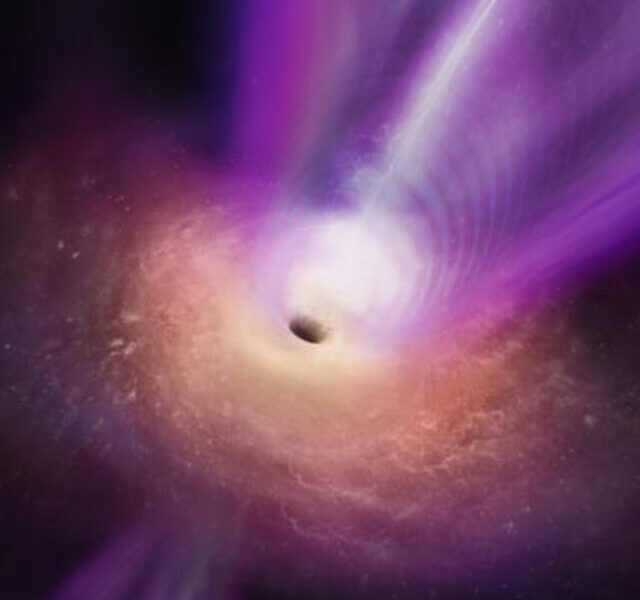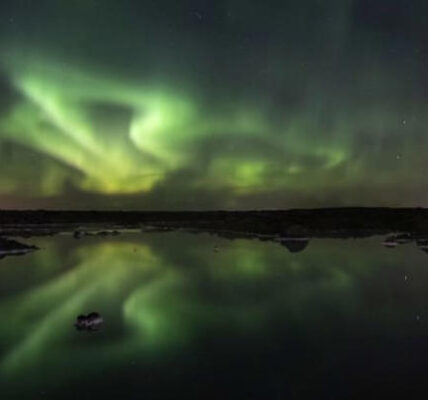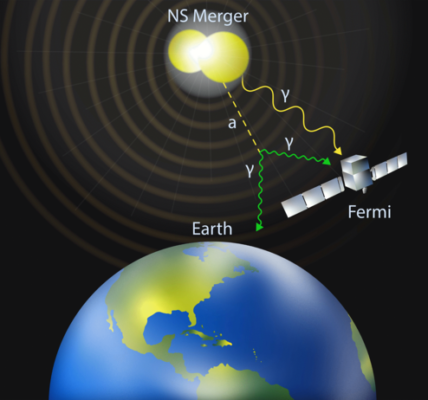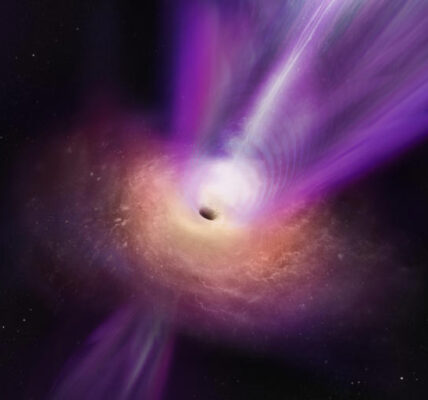Black Hole to White Hole Transition is a new theory that could change how we understand space, time, and the entire universe. Discover how black holes might not be the end—but a new beginning.
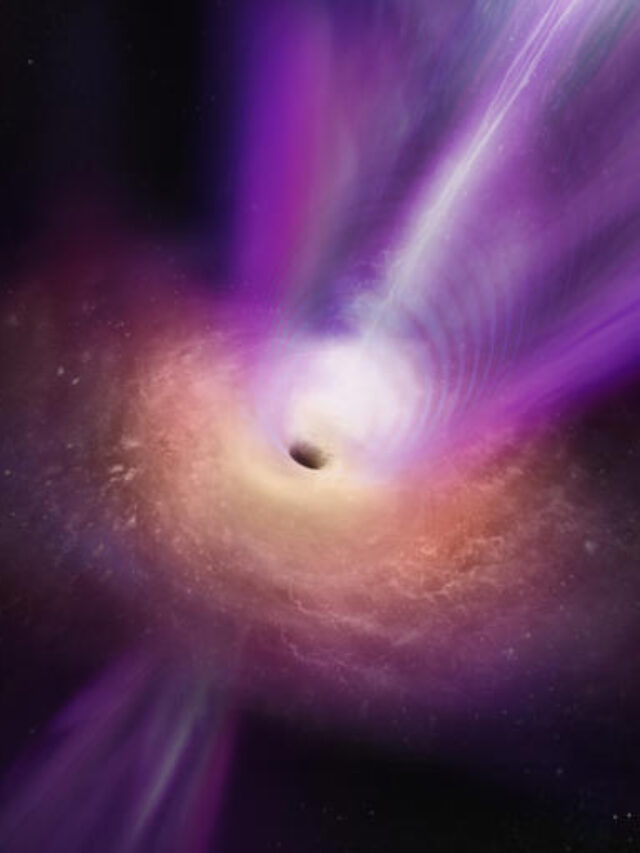
© Philip Drury, University of Sheffield
Black Hole to White Hole Transition: A New View of the Universe
The idea of a Black Hole to White Hole Transition might sound like science fiction, but new research suggests it could be real. For years, black holes have been seen as the end point of matter and energy—a place where everything disappears forever. But now, scientists are exploring a bold theory: that black holes may eventually turn into white holes, cosmic objects that do the opposite—spit matter and energy back out into the universe.
This concept could completely change our understanding of space, time, and how the universe works.
What Are Black Holes, Really?
To understand the Black Hole to White Hole Transition, we need to start with black holes themselves. At the center is something called a singularity, where gravity is so strong that our current laws of physics simply stop working.
Until now, scientists believed that anything falling into a black hole would be lost forever. But this view may not be the whole story.
White Holes: The Cosmic Opposites
A white hole is a theoretical object that does the reverse of a black hole. Instead of pulling things in, it pushes matter and energy out. The Black Hole to White Hole Transition theory suggests that black holes don’t stay black forever—they may eventually become white holes and release what they once swallowed.
This could mean that a black hole isn’t a final destination, but a kind of cosmic tunnel or rebirth point for matter.
A New Model That Changes Everything
In the recent study, scientists used a simplified model called a “planar black hole.” Unlike the usual spherical black holes we imagine, this version has a flat, two-dimensional edge. This might sound strange, but it helped the researchers understand the Black Hole to White Hole Transition more clearly.
The model suggests that the singularity—the “end” of the black hole—might not be an end at all. Instead, it could be a phase change, like ice melting into water. Only in this case, a black hole “melts” into a white hole.
What Happens to Time Inside a Black Hole?
One of the most exciting parts of the Black Hole to White Hole Transition idea is how it reimagines time. Normally, we think of time as a straight line: past, present, future. But in this theory, time could bend, twist, or even reverse inside a black hole.
If true, the flow of time inside a black hole could change direction, leading to a new beginning: a white hole where time runs forward again.
Quantum Physics and the End of Space-Time?
Another key piece of the puzzle comes from quantum mechanics, the science that deals with the tiniest particles in the universe. According to quantum rules, nothing ever really stops. Particles are always moving, changing, and interacting—even in the most extreme places.
So when a star collapses into a black hole, quantum physics suggests that space and time might not collapse completely. Instead, they could transform into something new. This transformation is a big part of the Black Hole to White Hole Transition theory.
It means space and time may never truly end, but instead pass through a kind of doorway into a new state.
Could Information Be Saved After All?
One of the biggest mysteries in science is what happens to information—like the physical properties of matter—after it falls into a black hole. This is known as the information paradox. If black holes just destroy everything, then where does that information go?
The Black Hole to White Hole Transition theory offers a hopeful answer. If black holes eventually become white holes, then the information could be released back into the universe, not lost forever. This could help solve a puzzle that has confused scientists for decades.
Skepticism and the Need for More Research
Of course, this theory isn’t proven yet. Scientists say that while the math makes sense, we still need actual observations or simulations to confirm it. The Black Hole to White Hole Transition is an exciting idea, but it’s just the beginning of a much bigger journey.
More studies are needed—using space telescopes, advanced computer models, and perhaps even new physics—to find real evidence of white holes or transitions happening in the cosmos.
A Universe Full of Possibilities
The Black Hole to White Hole Transition is more than just an interesting theory. It could change how we see the universe itself. Instead of being full of dead ends, space might be filled with cosmic recycling stations—black holes that eventually give back what they took in.
This theory also shows us something deeper: that science is always evolving. Just like ancient stargazers once thought the Earth was the center of everything, we might be on the edge of another big shift in understanding.
Final Thoughts: A New Chapter in Cosmic Discovery
Whether or not the Black Hole to White Hole Transition proves to be true, it opens the door to fresh thinking about space, time, and reality. It pushes us to ask bold questions and look deeper into the universe’s secrets.
As we continue to explore space, both through telescopes and theories, ideas like this remind us that the cosmos is full of surprises—and that we’ve only just begun to understand it.
Related:
Pancake Domes on Venus: 5 Stunning Breakthroughs
